Last chance to see: Ian Davenport’s ‘Lake’ of colour in London
Ian Davenport presents his largest-ever installation in ‘Lake’ at Waddington Custot
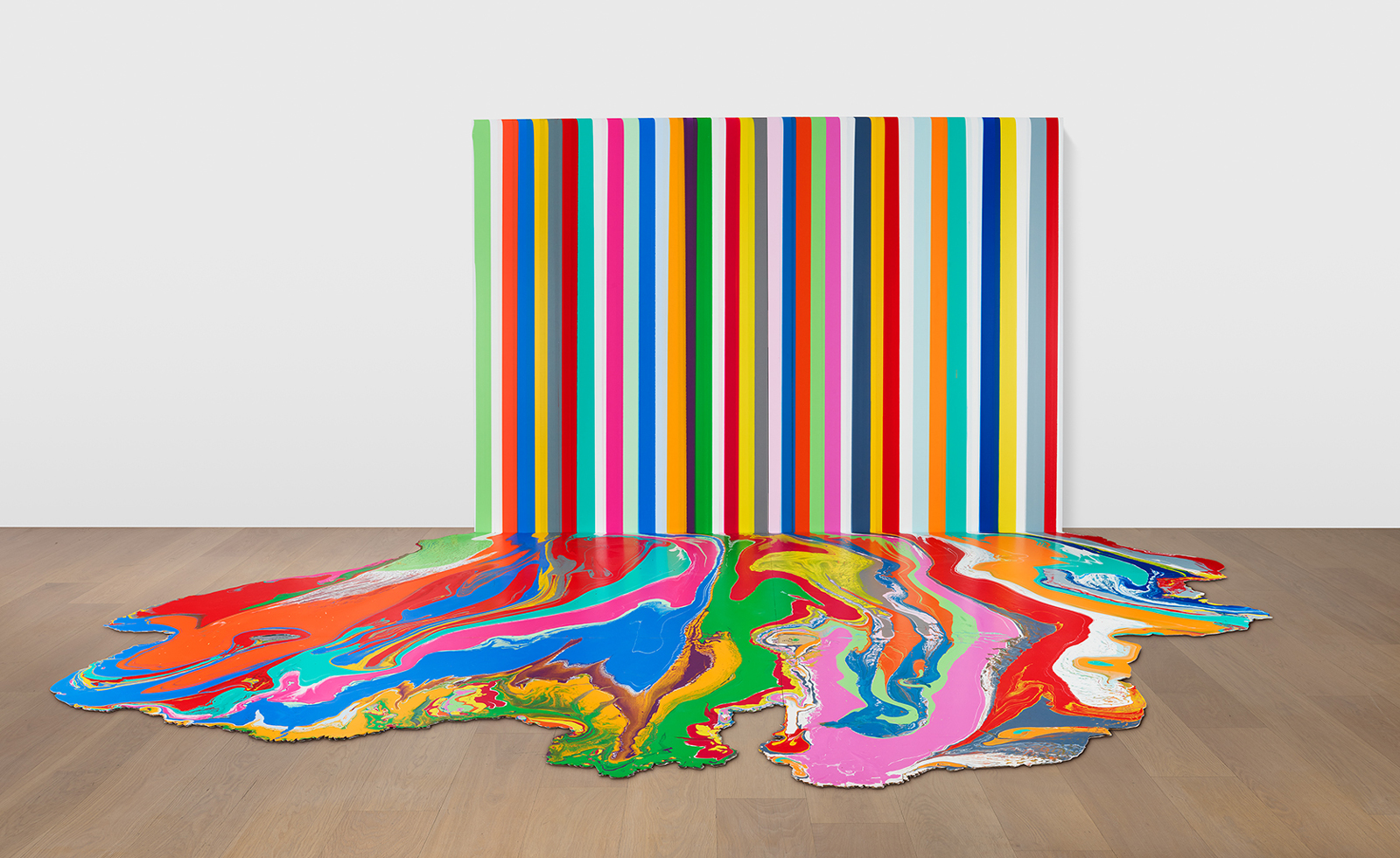
Ian Davenport has marked his tenth show at London’s Waddington Custot gallery with his largest ever wall-to-floor installation, alongside new and recent work.
‘Lake’ marks the continuation of Davenport’s expansion into bigger-scale works (at the opposite end of the spectrum to a 2017 Swatch collaboration), marrying his hypnotic, distinctive use of colour with a new focus on a more symmetrical sense of rhythm. The lines of paint which pour down one wall pool into a puddle of paint, stretching more than eight metres across the gallery floor. For the first time, visitors are invited to step into the painting.
Here, Ian Davenport takes us behind the process.
Ian Davenport on ‘Lake’
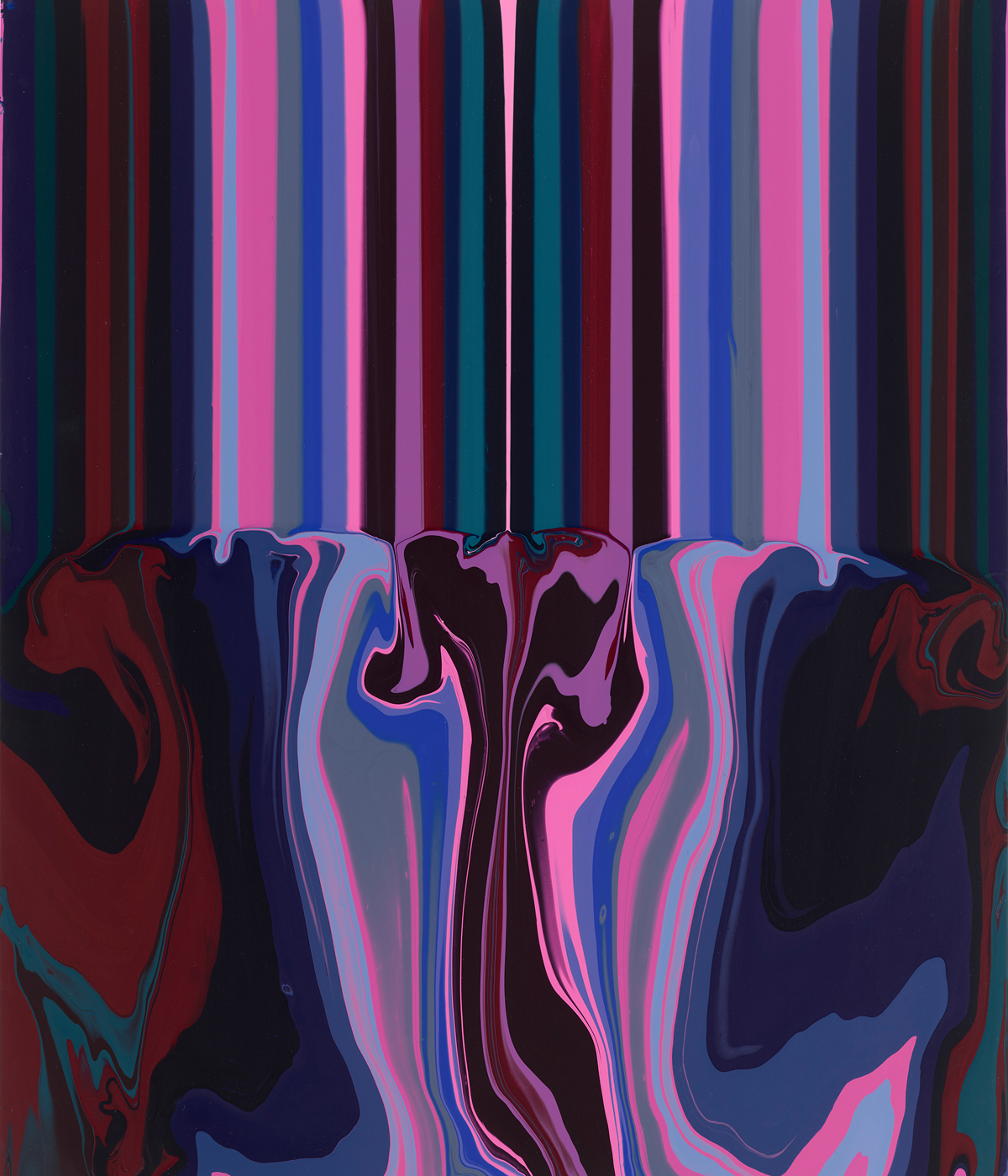
Ian Davenport, Do Dah, 2022
Wallpaper*: The behaviour of paint and the ways it can be applied have long fascinated you. How does this new work build on these themes?
Ian Davenport: Well, you could say I think in paint. Making paintings is how I understand and try and relate to the world. I am drawn to certain fundamental facts of our environment. I try and access those forces – the pull of gravity on our bodies and not only gravity but the wind, water, tides. In the past, for example, I have used electric fans to make paint skim and float in the air on airborne currents.
The current exhibition is called ‘Lake’. In the two central monumental paintings, the poured vertical columns dissolve into floor sections that resemble lava or pools of water. The new work is about taking the artwork into different dimensions, from the wall and onto the floor. It is a series that becomes a hybrid between different forms, all dictated by the flow of paint but concluding in its own direction. The ‘Lake’ paintings have become installations, dominating the space they occupy, almost overwhelming it.
W*: Visitors will visually submerge themselves in the ‘Lake’ installations; why does this appeal to you and how did it begin?
Receive our daily digest of inspiration, escapism and design stories from around the world direct to your inbox.
ID: In 2022, I was part of a show called ‘Crazy’ at the Chiostro del Bramante in Rome. I was invited to create an installation that flowed down the stairwell of this 16th-century Italian Renaissance building. It was a thrill to respond to Bramante’s classical architecture with bold vivid colours. To access other areas of the exhibition, and the building, visitors had to walk up and down these steps, playing with their perception of my piece, being able to view it from multiple angles. I recognised how the audience enjoyed the experience of walking through this liquid river of colour.
Viewing the ‘Lakes’, one becomes aware of the dramatic visual tension of the coloured lines melting into twirls of paint, there must be an act of allowing oneself to be submerged and engulfed by the artwork.
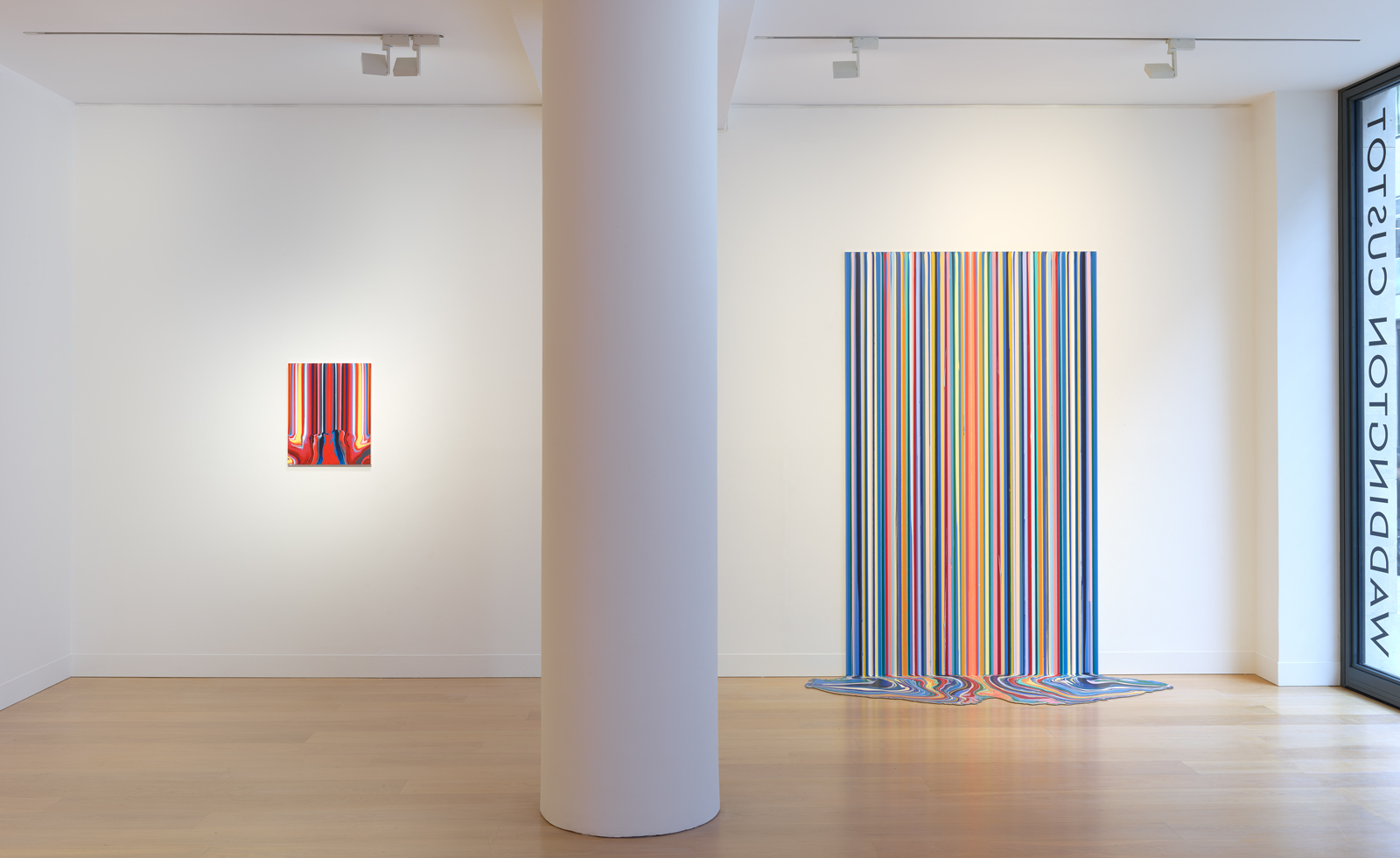
Installation view of 'Ian Davenport: Lake' at Waddington Custot
W*: The eclectic choice of bright colours is so joyful. How did you make the colour selection?
ID: Some of the paintings in the show are in response to Italian Renaissance painter Pietro Perugino. I have broken down his colour palette into my own abstract composition. Using Old Masters as my inspiration can bring colour choices I would not normally envisage. I referenced one specific work by Perugino called The Marriage of the Virgin (1504), which has a beautiful vibrant light.
I normally start with smaller studies. From these I take sections and start to compile them together to form larger arrangements, rather like a composer might do with musical phrases. When I’m mixing the colours, I am also getting a sense of what order could work and how they fit together. The colour sequences have moments of silence, or pauses, like passing chords in music, where the moments of transition are enhanced. The final work often contains a ‘memory’ of the source material.
W*: What was the biggest challenge you faced in the creation of ‘Lake’?
ID: The scale of it! Along with my studio team, I needed to prepare enough materials: paint, mixing medium, aluminium panels, and all the nuts and bolts that come with creating four-metre-deep pools of paint. An enormous wooden scaffolding and steps had to be built to simply allow me to pour from a three-metre height down the wall panels. Given the organic unpredictable nature of liquid paint, this could go horribly wrong, so there is an element of risk. As there is over one hundred and twenty litres of paint on each work, I was determined it didn’t!
As fun and spontaneous as my painting process is, with this scale, there needed to be careful planning and preparation. The studio was kept at a strict cool temperature for a week with the air con on constantly, allowing the vast amount of paint to dry. It is the technical considerations like this that I need to consider all the time whilst thinking of what is next to paint.
'Lake' is exhibited at London's Waddington Custot until 10 November
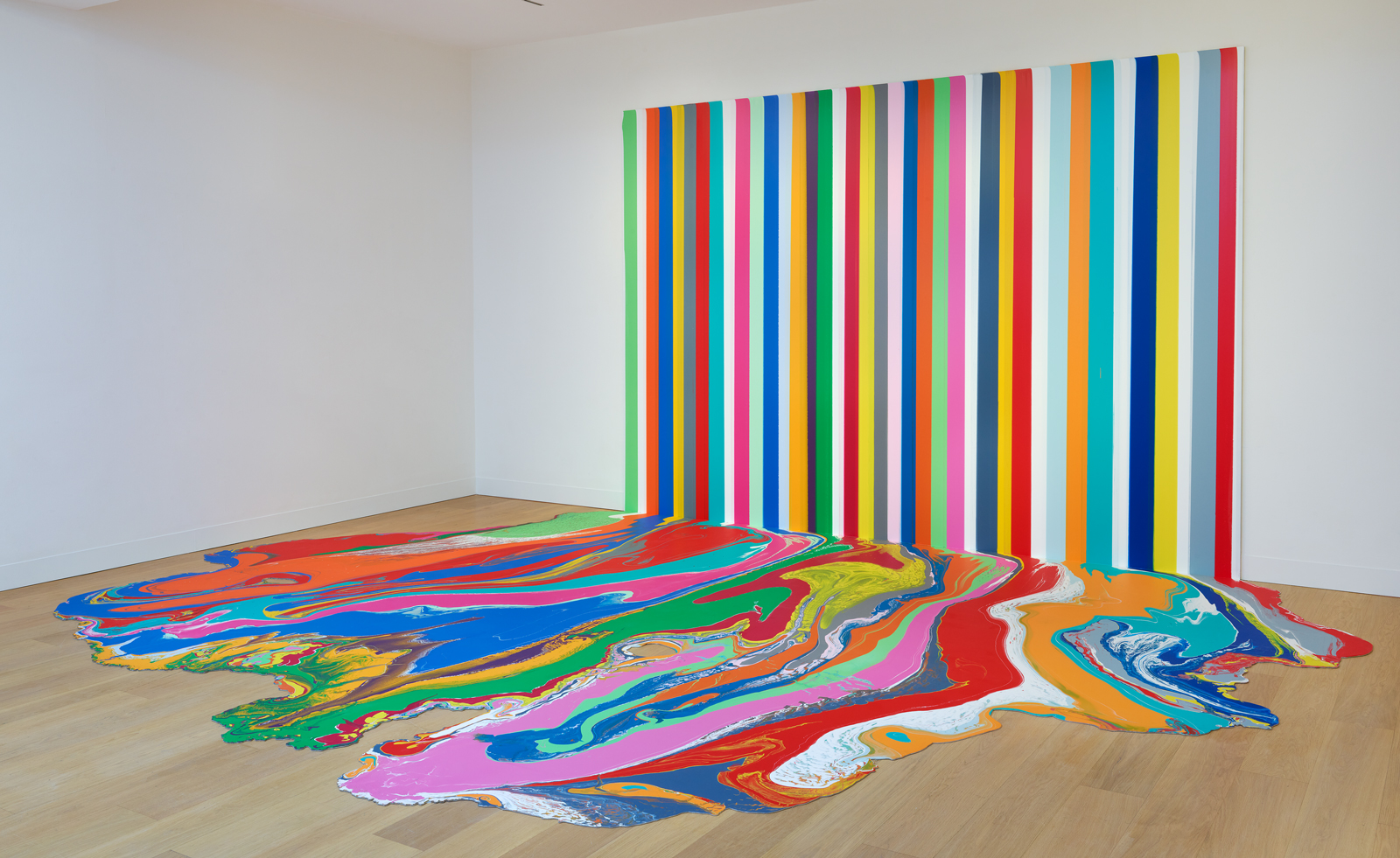
Installation view of 'Ian Davenport: Lake' at Waddington Custot. Photo Pru Cumings Associates. Courtesy of Waddington Custot
Hannah Silver is the Art, Culture, Watches & Jewellery Editor of Wallpaper*. Since joining in 2019, she has overseen offbeat art trends and conducted in-depth profiles, as well as writing and commissioning extensively across the worlds of culture and luxury. She enjoys travelling, visiting artists' studios and viewing exhibitions around the world, and has interviewed artists and designers including Maggi Hambling, William Kentridge, Jonathan Anderson, Chantal Joffe, Lubaina Himid, Tilda Swinton and Mickalene Thomas.
-
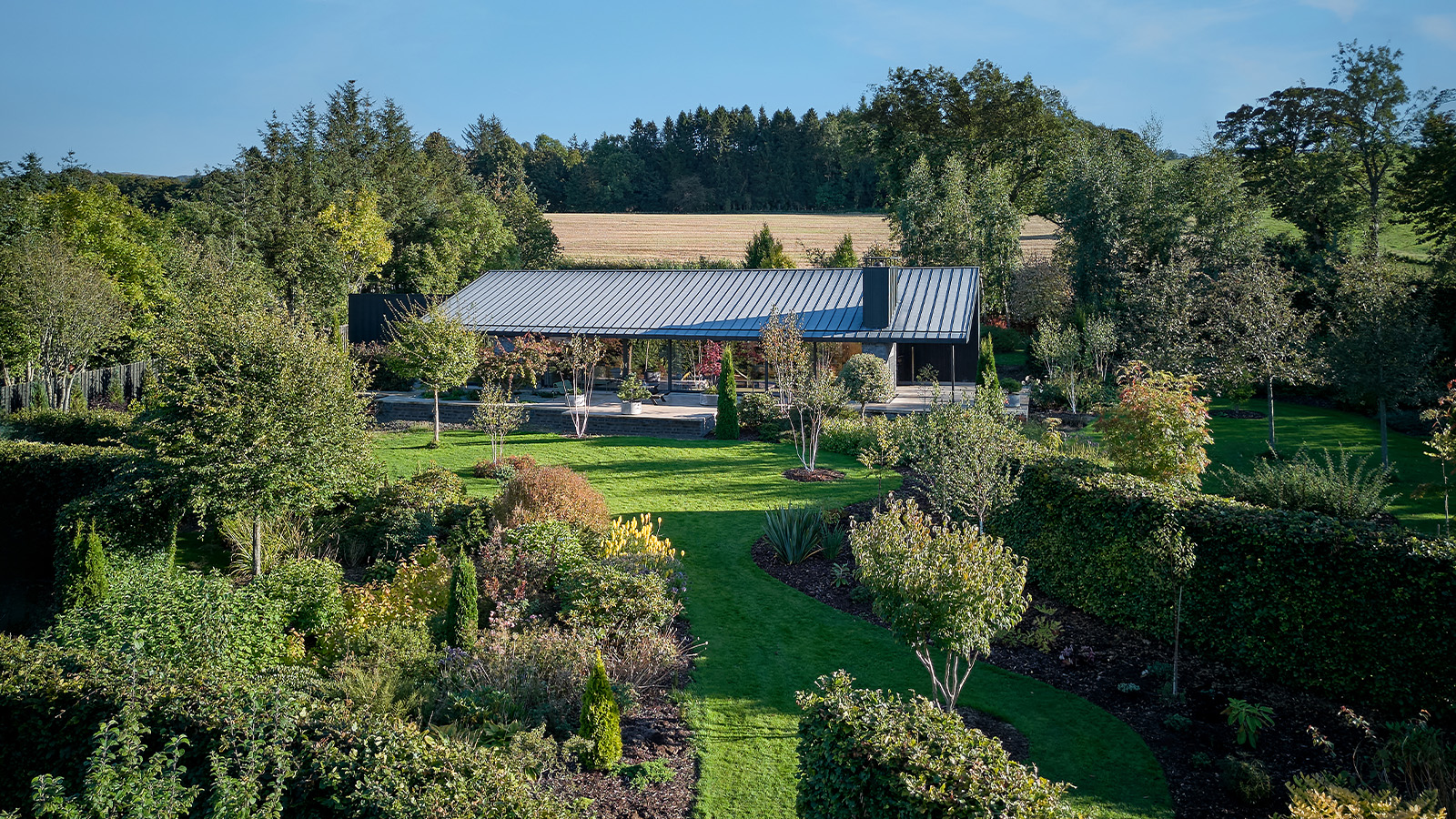 A compact Scottish home is a 'sunny place,' nestled into its thriving orchard setting
A compact Scottish home is a 'sunny place,' nestled into its thriving orchard settingGrianan (Gaelic for 'sunny place') is a single-storey Scottish home by Cameron Webster Architects set in rural Stirlingshire
-
 7 colours that will define 2026, from rich gold to glacier blue
7 colours that will define 2026, from rich gold to glacier blueThese moody hues, versatile neutrals and vivid shades will shape the new year, according to trend forecasters
-
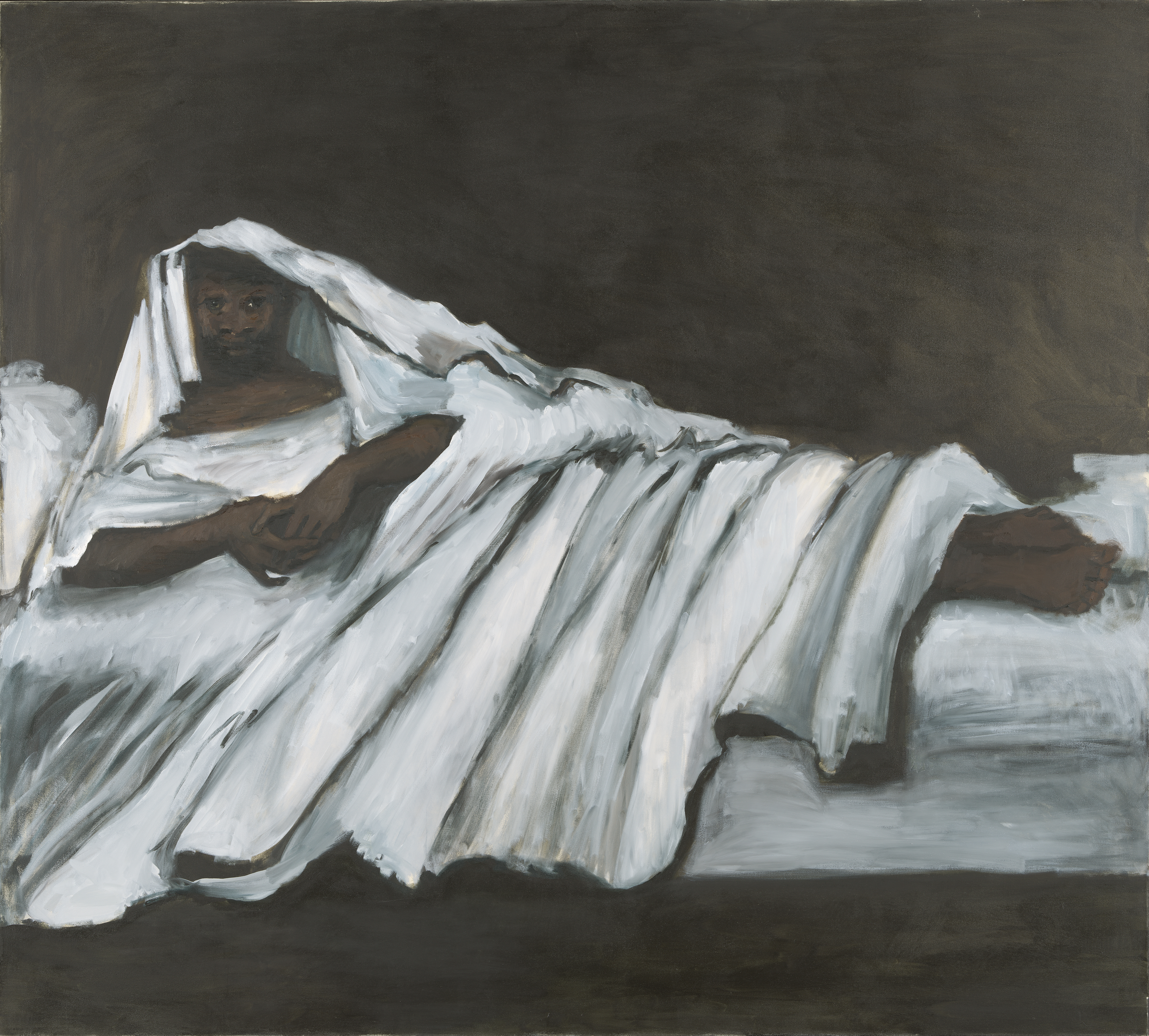 In Norway, discover 1000 years of Queer expression in Islamic Art
In Norway, discover 1000 years of Queer expression in Islamic Art'Deviant Ornaments' at the National Museum of Norway examines the far-reaching history of Queer art
-
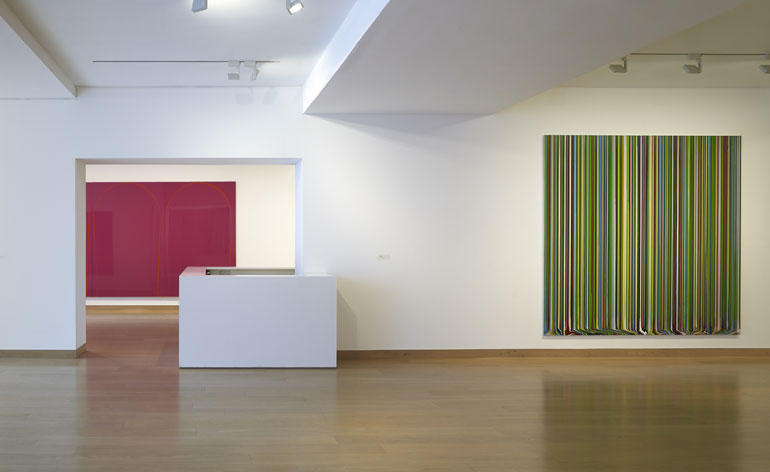 Ian Davenport’s colourful line-up at Waddington Custot Galleries in London
Ian Davenport’s colourful line-up at Waddington Custot Galleries in London -
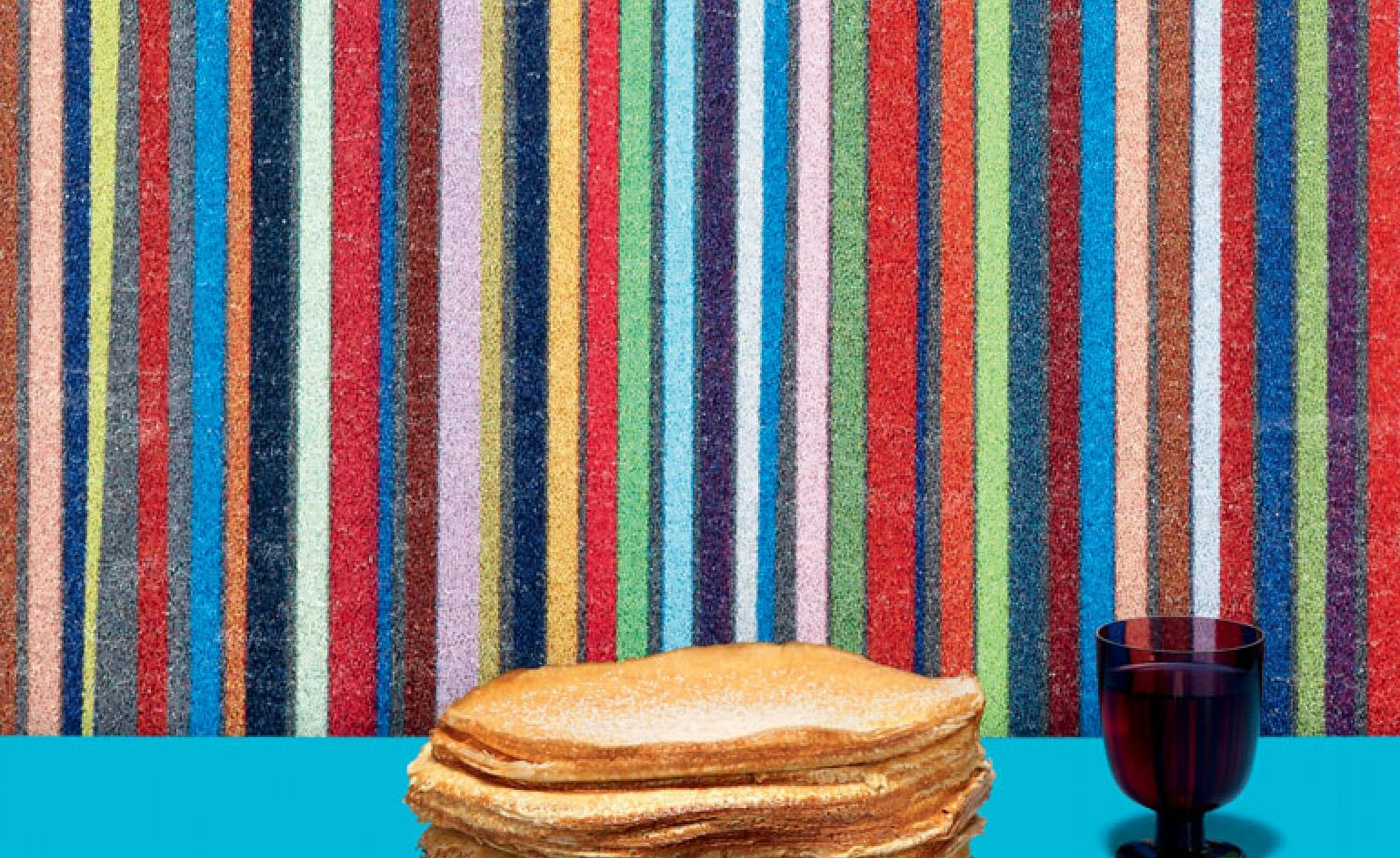 Artist's Palate: Ian Davenport's Mum's pancakes
Artist's Palate: Ian Davenport's Mum's pancakes